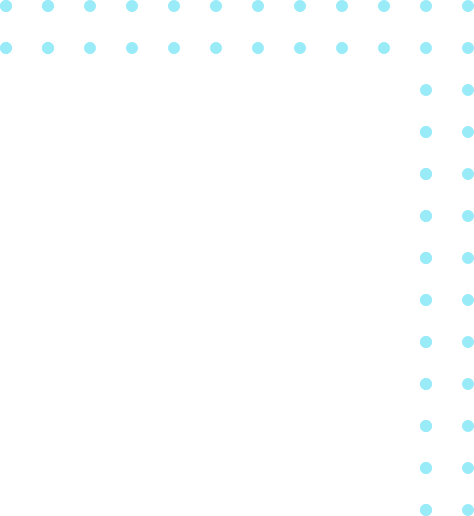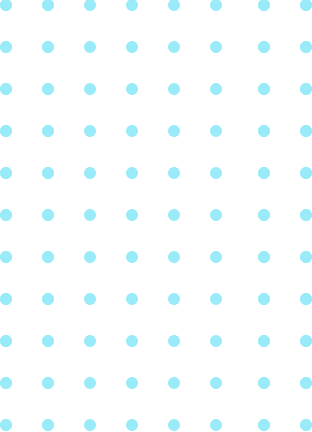- |
- Business
- Compare Exchange Rates
- |
- |
- Reviews
- |
- Help
- |
- Contact Us
- |
- Blogs
- |
- Currency Converter


Imagine walking around royal palaces, getting lost in amazing scenery, relaxing on beaches, feeling tempted yet? It is the "city of smiles" that is calling you.
Denmark is a small country consisting of 406 islands, of which only 70 are inhabited. This island country has a rich culture and several UNESCO heritage sites.
Before you visit the country, check about what currency is used in Denmark to plan your travel expenditures ahead. Keep reading, and you will get to know all about the official currency of Denmark.
According to historical sources, the currency system in Denmark was established in the 17th century. However, the oldest Danish coins, known as the korsmønter or "cross coins", were minted in the 10th century.
In 1619, the Danish crown minted this currency, and some suggested honouring this incident. It also got its name, "Krone", meaning "crown" in English. Throughout history, the medium of the DKK kept changing from silver standard to gold and finally to paper currency.
Denmark decided to cease the printing of Krone, and the National bank printed the last note on 20th December 2016. At present, it outsources the work from Oberthur Fiduciaire SAS, a currency printing company that supplies notes to 70 different countries.
Earlier, the Danish Krone was minted on silver. But with time, the metal value of the minted coins reduced, which did not correspond to its minimal value. Eventually, the population lost their trust in the coins. This disruption resulted in reconsidering the Danish currency a couple of times, changing the medium of DKK from metal to paper currency at the end.
The Danish Krone is denoted as Kr. or DKK, subdivided into 100 øre. It is pegged to Euro via ERM II since 13th March 1979 at 1 EUR = 7.46038 DDK.
It is interesting to note that DKK became the national currency of Denmark in 1873 by replacing "rigsdaler". And today, the Danish Krone denominations in circulation include 50, 100, 200, 500 and 1000 kroner. And coins include half-a-krone, one, two, five, 10, and 20 kroner.
Along with Denmark, Greenland and Faroe islands also use the Danish Krone as their official currency.
Nevertheless, the Faroe Islands use a localised and non-independent version of DKK, known as Faroese krona. Even Greenland launched an act to introduce different Greenlandic banknotes in 2006. However, in 2010 project was ceased. Therefore, Greenland uses the Danish kroner as its only national currency.
Traditionally you can buy DDK from any bank or bureau de change. But these sources come with many disadvantages, such as:
The exchange rates in a bank are fixed for the day. So even if the rates become more favourable, you will not get to exchange on it.
These institutions generally add various hidden margins on GBP to DKK exchange rate. Hence, you will not get the most out of your money.
Another drawback of banks or bureau de change is that you need to visit these institutions physically. This makes exchanging through them a bigger hassle and highly time-consuming.
If you have an online alternative to these, won't it be better in every way?
Having an online option to exchange currency is very beneficial because:
It doesn't require any physical visits, saving your time.
The processes are also not complicated, making them much quicker.
However, it is essential to research online organisations before choosing one properly. It is advisable to look for cheaper and more transparent organisations. One such organisation is The Currency Club.
By availing services from The Currency Club, you get:
Easy and quick services
There're no hidden fees
Highest value for DKK and GBP conversion
Continuous updates on interbank rates
Transparent comparison with competitors
Next day currency delivery
Denmark is known as one of the happiest countries in the world. Although most people just know about it because of its capital, Copenhagen. But there are many beautiful as well as quirky spots for travelling.
Wondering what the cost of the basic amenities in Denmark is?
Taxi: The taxi fare for a tourist can range around 198 DKK.
Meal: A meal for two at a fine dining restaurant will cost upto 300-600 DKK. But if you choose to try a cafe, your cost will be 130-160 DKK.
Hotel: A double-bedded room in a budget hotel ranges between 500-1000 DKK. While a luxury hotel stay can cost around 1500-5000 DKK
Yes, it is possible to use an ATM in Denmark. But while using an ATM, make sure to click on "no conversion", "without conversion", or "debit in local currency".
Summary
If you have read this far, this blog must have helped you with all the necessary details about what currency is used in Denmark. Buy Danish Krone from online service providers like The Currency Club whenever you plan your visit. This way, you will be able to get a higher amount compared to what a bank or bureau de change can offer. Moreover, it's hassle-free and consumes hardly any time, letting you focus on other pressing matters and plan a memorable trip.

We have made every effort to ensure that the information published here is correct and accurate, however you should check and confirm the latest exchange rates with The Currency Club directly prior to making a decision. The information published is general and does not consider your personal objectives, financial situation or particular needs. Full disclaimer available